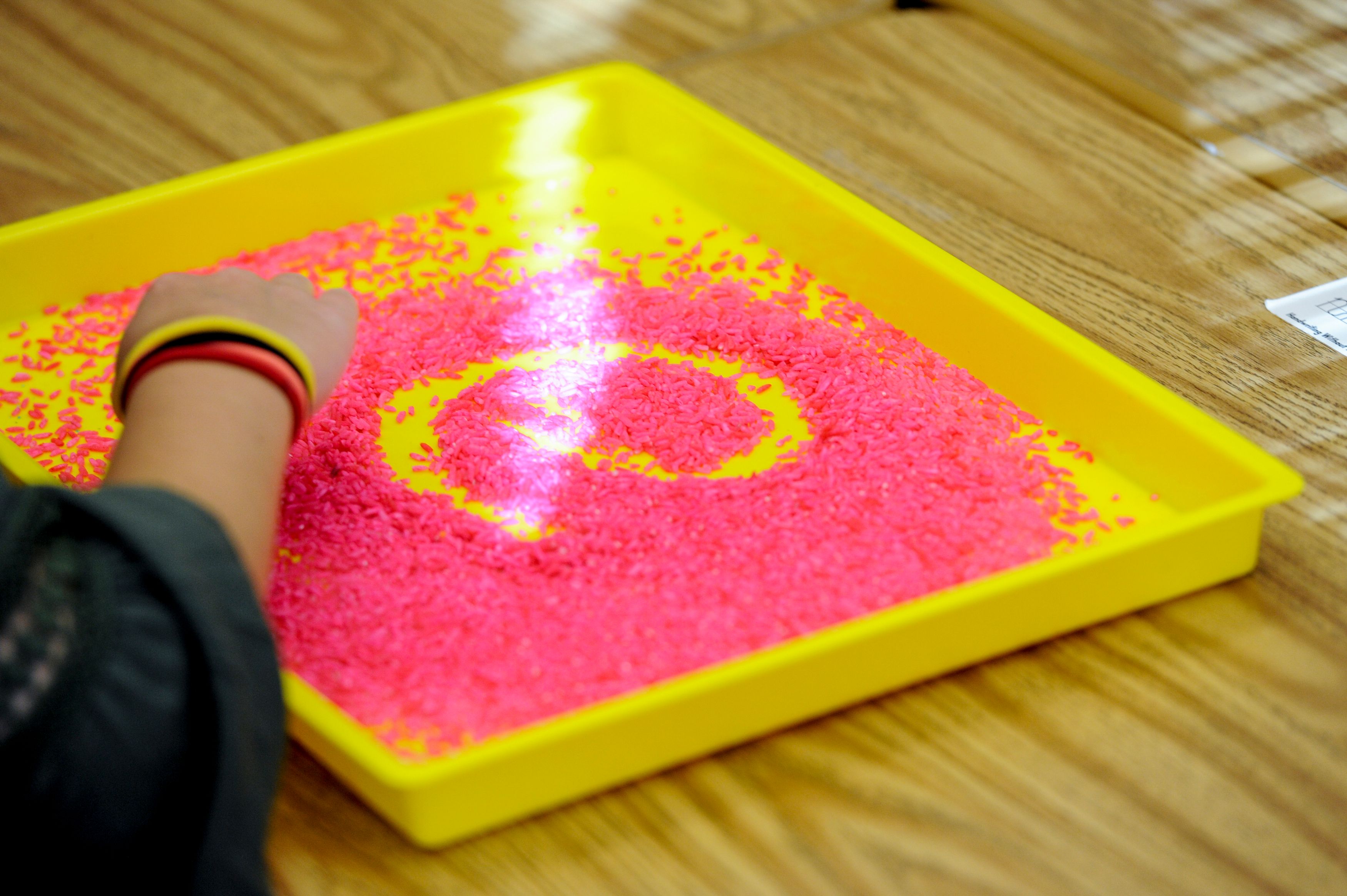What exactly are the senses? Unlike the popular belief,
students actually have more than five senses. In addition to sight, touch,
smell, hear, and taste, students have two additional senses: vestibular and
proprioceptive. Vestibular sense is a student’s sense of body focus and the
sense of balance and movement. Each student expresses their vestibular sense in
a unique way. Some students may crave fast motion like rollercoasters, while
others get motion sick simply from riding in the backseat of a vehicle.
Proprioceptive sense is the idea of a student stretching, bending, pulling, or
compressing joints between bones. This type of awareness allows students to
open their minds, feel refreshed, and become ready to learn.

The Orton-Gillingham approach is an action-based learning
style that fosters multi-sensory learning through speaking, listening, reading,
and writing. Maria Montessori is a theorist who passionately believes that
students learn best when their senses are activated. She also believes that it
is the teacher’s role to facilitate student learning because students learn
best when they are in the driver’s seat. Montessori also believes in a
child-centered classroom and states that children should have the opportunity
to walk around and work independently on activities that appeal to them. The
structure and organization of a Montessori classroom should be calm and chaos
free. The materials in the classroom should be child-sized and be arranged in
order from less to more difficult. Another aspect of Montessori’s theory is
that children should interact with nature. Students should not be confined to
indoor activities only, but they should be exposed to live plants and animals,
as well as stones, rocks, nests, and shells. Students should be able to have
access to such materials so they can closely examine them and become aware of
their roles in society.
| Sensory Walls |

It is important that my future classroom is comfortable and
approachable. The layout of the room should be open and free of clutter. An
open layout allows students to work in group activities and have enough space
in which they can easily maneuver. When the room is neatly organized, students
are able to concentrate due to a lack of distraction. I love the idea of
flexible seating. Seats that provide a variety of textures and heights allows
students to be more comfortable; therefore, they are able to pay attention and
focus during class. I have never thought about creating a sensory room to help
students with autism focus and learn. I love the idea of creating a safe place
that provides students with a healthy outlet to relieve any stressors they may
have encountered throughout the day. I also wish to implement a sensory spot on
the wall in my future classroom. These sensory spots provide students with the
opportunity to relieve frustrations in a safe and positive way. If students
ever become overwhelmed, they will be able to walk over to the sensory wall and
independently handle their emotions.

No comments:
Post a Comment